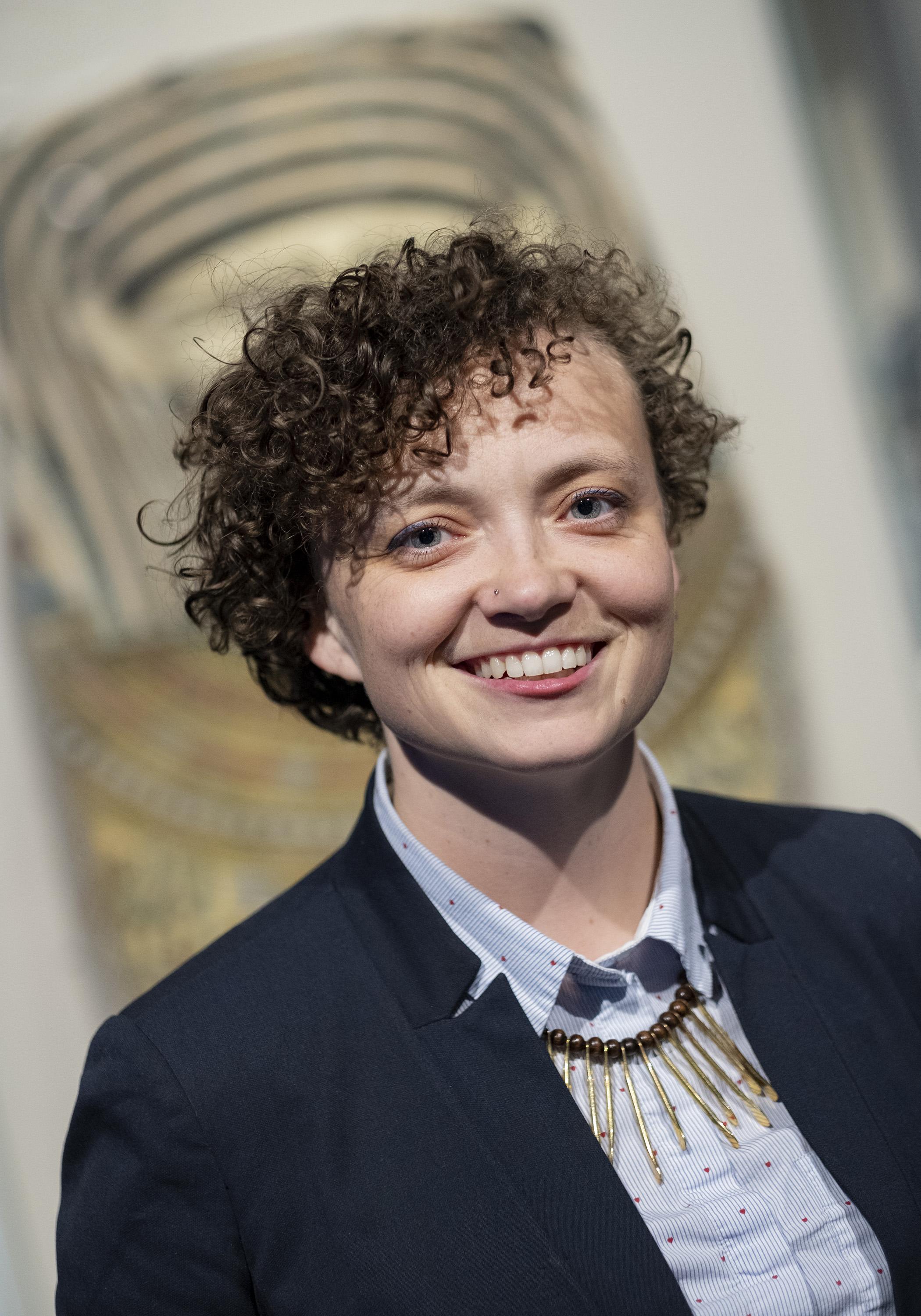Affiliation: University of Missouri, St. Louis

Dr. Anne Austin received her B.A. in Anthropology from Harvard University, and she earned her M.A. and Ph.D. in the Archaeology program at UCLA. She joined the University of Missouri St. Louis in 2017 after completing a three-year postdoctoral fellowship at Stanford University in the History Department. Her research combines the fields of osteology and Egyptology in order to document medicine and disease in the past. Specifically, she uses data from ancient Egyptian human remains and daily life texts at the site of Deir el-Medina to reconstruct ancient Egyptian healthcare networks. Anne‘s current research project focuses on the practice of tattooing in ancient Egypt and its potential connections to gender, religion, and medicine. Her work at Deir el-Medina has identified more tattooed ancient Egyptians than at any other site in Egypt, allowing for new perspectives on the role of tattooing in ancient Egyptian daily life.
The practice of tattooing in ancient Egypt is rarely attested. Egyptologists have identified tattoos on only a handful of mummies spanning Pharaonic Egypt’s more than 3,000 year history. Textual evidence is virtually silent on the practice and art historical evidence is often ambiguous. In 2014, the mission of the Institut Français d’Archéologie Orientale (IFAO) made an incredible find–an extensively tattooed mummy from the necropolis at Deir el-Medina, the community of the workmen who cut and decorated the New Kingdom’s royal tombs. With over 30 tattoos, this woman completely redefined what we knew about tattooing in ancient Egypt. The extensive use of Hathoric imagery in these tattoos further showed us the incredible amount of religious agency women could hold during a time when the title “priestess of Hathor” was not even attested.
Since then, we have used infrared imaging to identify dozens of new tattoos among the many unpublished human remains at the site. This talk presents the most recent findings from the bioarchaeological team of the 2019 and 2020 IFAO mission at Deir el-Medina. These additional tattoos indicate that many more individuals were likely tattooed at Deir el-Medina. Additionally, the designs and placement of tattoos varied broadly. Coalescing the physical and art historical evidence, this talk offers some of the most comprehensive evidence we have to date on the practice of tattooing in ancient Egypt.
Short bibliography and/or website on lecture topic:
For a short (4-minute) video summarizing our first discovery of a tattooed woman, see http://histoires-courtes.fr/v.html?subject=Austin&fbclid=IwAR22qGIEO-WCI4w8Z2qIuaK5qMgDKjWv9rADIowXwVTZx5Ms7vxlxvbEW2M
Popular depictions of ancient Egypt often focus on the labor required to build, decorate, and complete major building projects like the pyramids. Yet, these depictions rarely take into consideration the variety of evidence we have from ancient Egyptian bodies and texts. This lecture evaluates evidence from three major building projects in ancient Egypt: the Giza pyramids, the Valley of the Kings, and the city of Akhetaten. Beginning with a detailed discussion of the bioarchaeology of Deir el-Medina, we will explore how texts and comparative skeletal material help us to reconstruct how state building projects impacted the health of ancient Egyptian workers. We will then evaluate what kind of health care support the state did and did not provide to maintain its workforce.